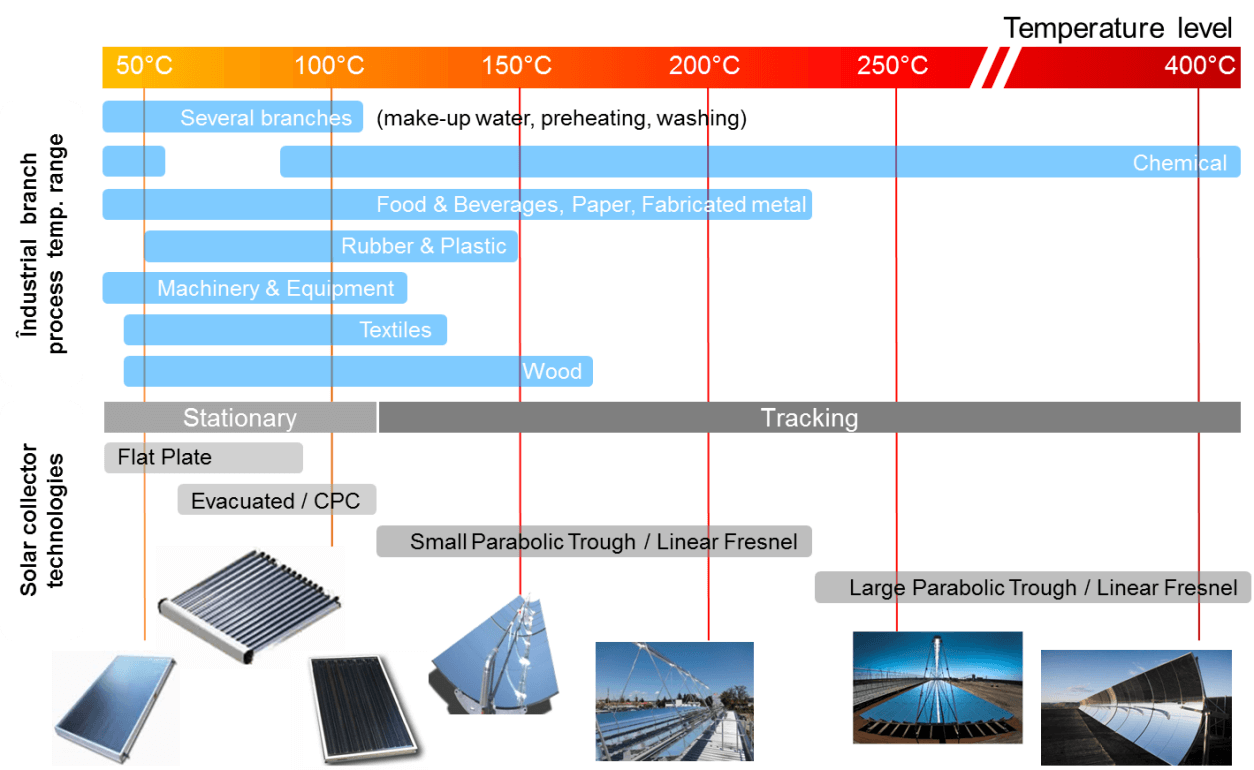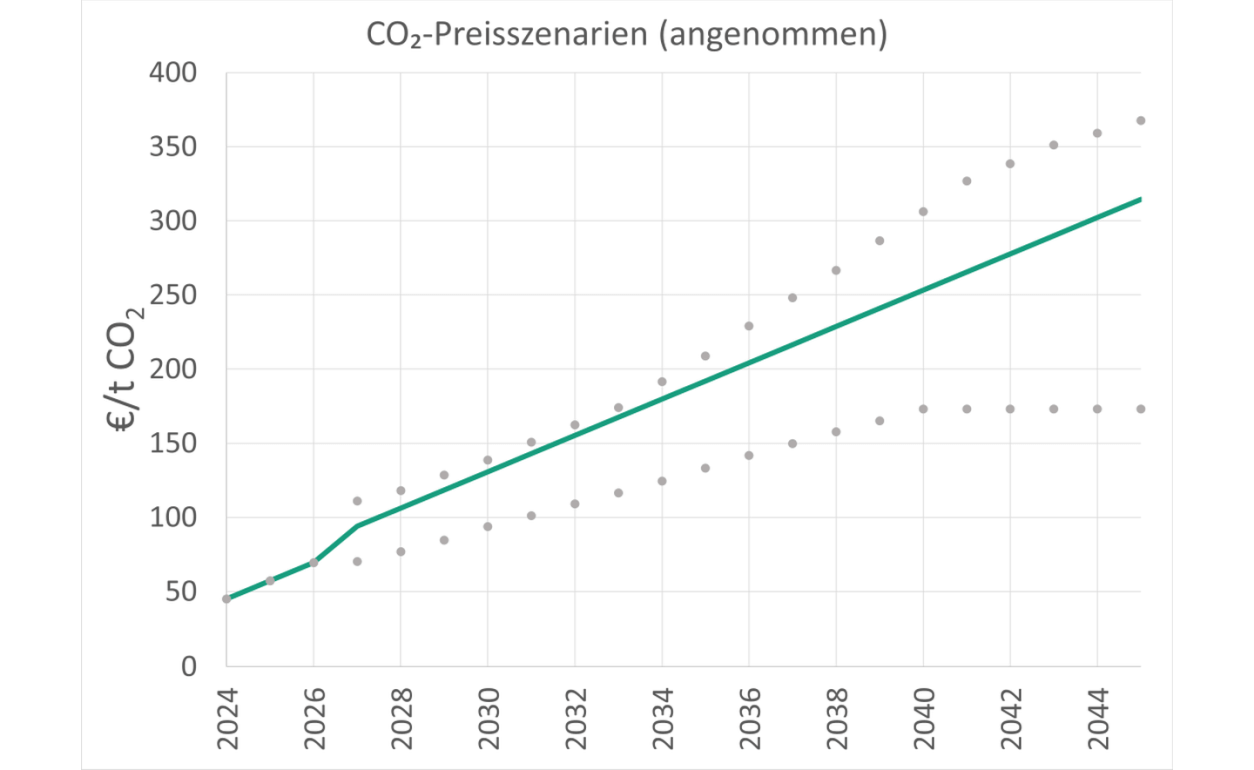| Duration: | 07/2024 - 12/2024 |
| Contracting Authority / Sponsors: |
Bundesverband Solarwirtschaft e.V. (BSW) |
| Project Partners: | Bundesverband Solarwirtschaft e.V. (BSW), Deutsche Energie-Agentur (dena) |
| Project Focus: |
SHIP – Solar Process Heat in Germany
Study Comparing the Yield Potentials of Solar Thermal Collectors for Industrial Process Heat in Germany
How economically viable is solar thermal process heat in Germany? What role do investment grants from the EEW funding program play, and what is the economic viability compared to fossil fuel heat production? These questions were the focus of our study on the decarbonization of industrial heat through solar thermal process heat. Various collector technologies, temperature ranges and locations were evaluated using dynamic simulations and detailed cost models. The results show under which conditions solar thermal energy can already today provide a competitive and climate-friendly alternative to conventional heat generation.
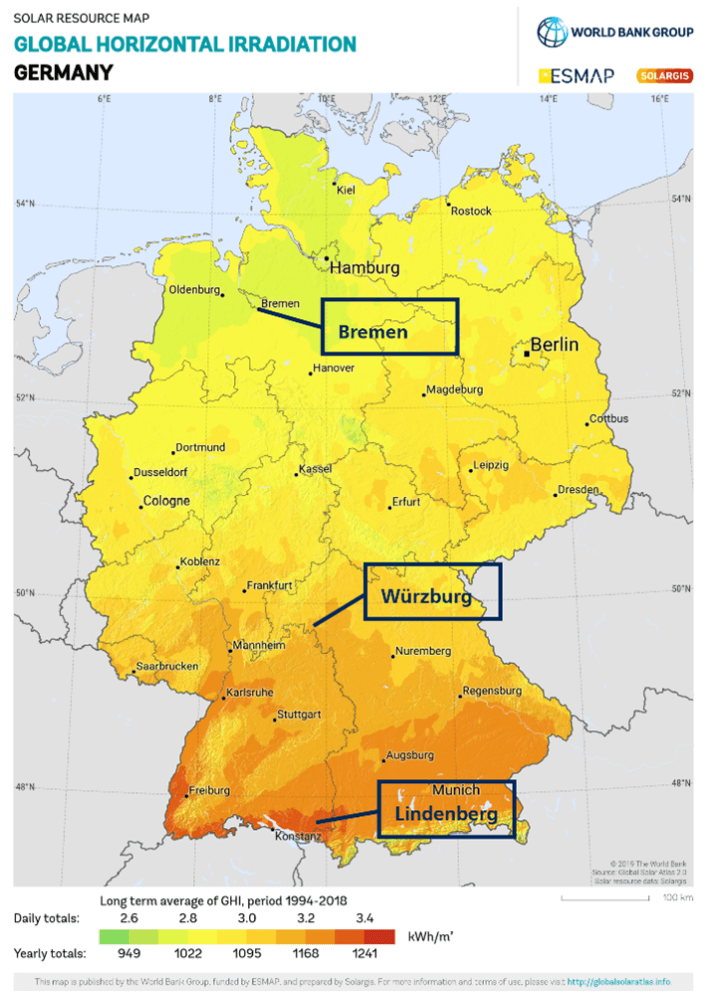
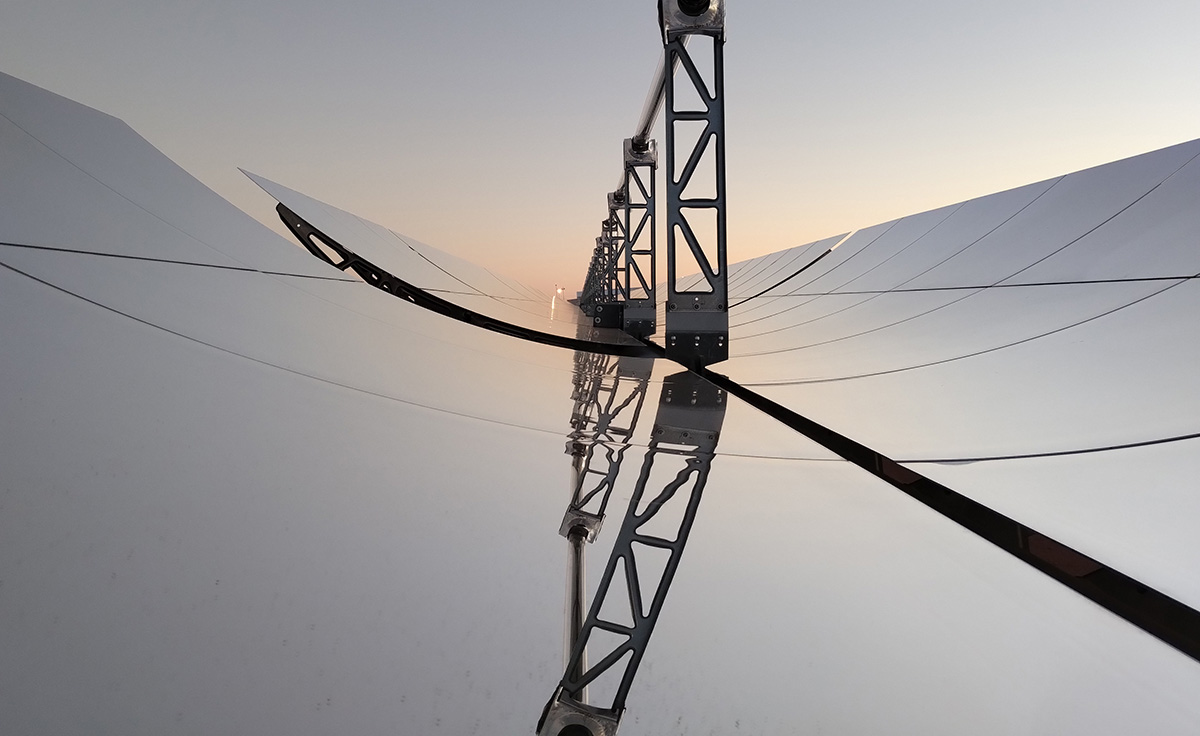
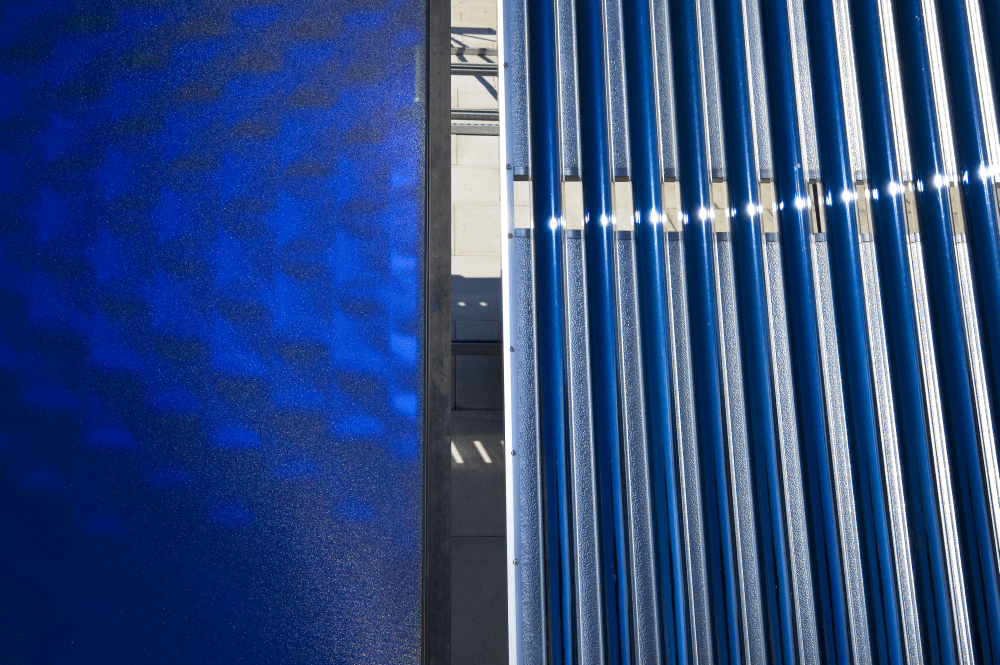
The decarbonization of industrial processes is a central component of the heat transition in Germany. Process heat accounts for around two-thirds of industrial energy consumption – currently mainly covered by fossil fuels such as natural gas. Solar thermal systems offer a renewable alternative with security of supply, but are often considered too expensive or unsuitable for Central European climate conditions.
The aim of the project was to test this prejudice with well-founded data: How economical is the integration of solar thermal energy under current conditions? What role do collector technology, process requirements, location and state funding programs such as the EEW funding play? (EEW: federal funding for energy and resource efficiency in the economy EEW of the German Federal Ministry for Economic Affairs and Climate Action (BMWK)).
To this end, the dynamic simulation model ColSim was used to model more than 6000 different system configurations – with different collector types (flat-plate collector, vacuum tube, parabolic trough), process temperatures (80 °C to 300 °C), storage solutions and three representative locations with different solar irradiation. For each variant, the investment and operating costs (CAPEX/OPEX), CO₂ costs and financial support were taken into account. The key figures of merit were: levelized cost of heat (LCOH), amortization period, life cycle cost savings and return on investment (ROI).
The results show that solar thermal process heat is already today competitive under suitable conditions. With EEW funding, heat production costs below 3 ct/kWh, amortization periods of 3-4 years and life cycle savings of several million euros can be achieved. Even without funding, many applications are economically attractive, especially at low to medium process temperatures.
The study provides a sound basis for decision-making for industrial companies, investors and political actors. It underscores that solar thermal energy can be a central building block for a climate-neutral industrial heat supply – especially when grant initiatives are used in a targeted manner.
